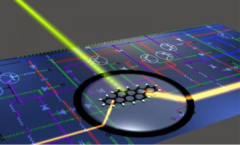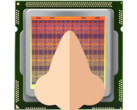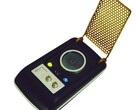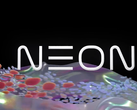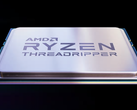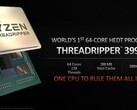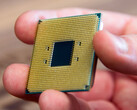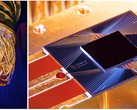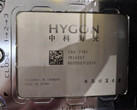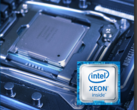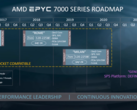Moore’s Law may no longer apply soon.
Researchers at the University of Oxford have developed an “integrated nanoscale device” that can encode and decode information carried by either electrons or photons. The new device should bridge the gap between traditional computers that transmit information via electricity and newer “light” computers that process information through light waves and photons.
The electro-optical device should be able to improve the efficiency and speed of computer hardware like memory and processing units. One benefit is the speed at which information through an electro-optical device can be transmitted, which should theoretically be the speed of light (barring other inefficiencies or interference).
The breakthrough needed for the device came through a method of shrinking light waves. The key problem in joining a traditional electrical-based computer with a light-based computer is the size of the data transfer medium. Traditional computers rely on electrons, which are smaller than the wavelength of light. As such, optical (light-based) chips rely on larger hardware than electron-based chips.
The researchers were able to shrink light down to the nano level through a method known as surface plasmon polaritonization. Not only does shrinking the lightwave bring it to the same scale as electrons; it also increases energy density. Together, these factors allow for non-volatile phase shifting that can transfer either electron- or light-based data.
Co-author Nathan Youngblood stated that the new device has several potential uses:
This naturally includes artificial intelligence applications wherein many occasions the needs for high-performance, low-power computing far exceeds our current capabilities. It is believed that interfacing light-based photonic computing with its electrical counterpart is the key to the next chapter in CMOS technologies.




